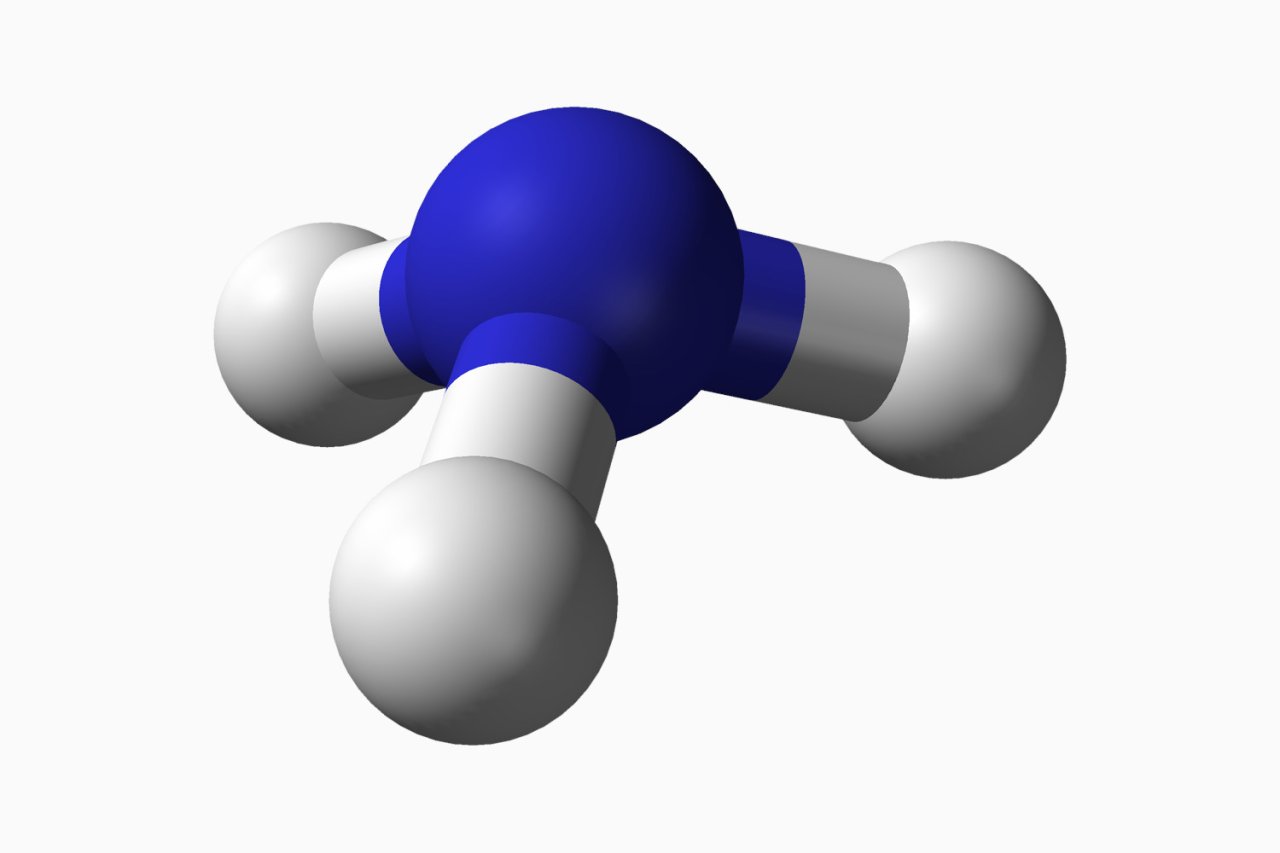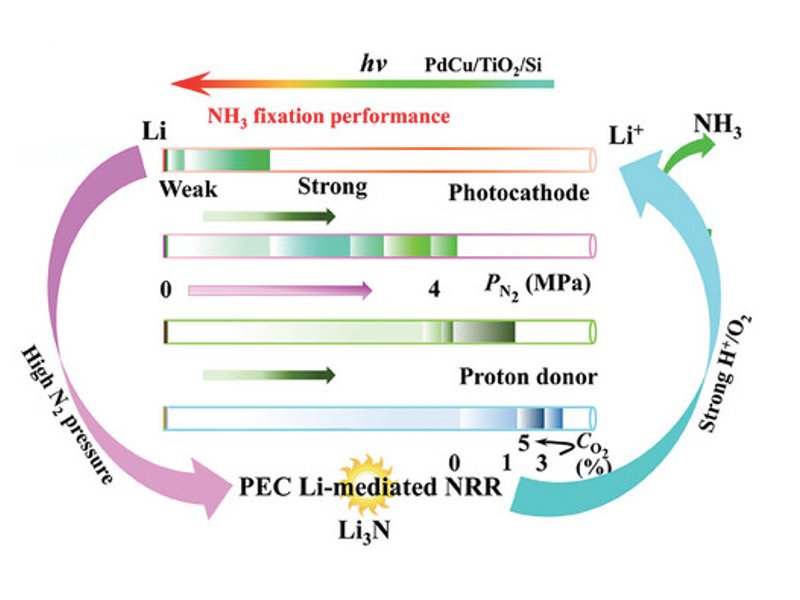Characterising a Cleaner Way to Produce Ammonia

In a recent study, published in the scientific journal Advanced Materials, a research group that included scientists from the Charles University described in detail a novel and sustainable synthesis method for ammonia.
Ammonia (NH3) is a worldwide used chemical, that has a wide range of applications: from agriculture (to produce fertilizers) to the manufacture of plastics, textiles and pesticides, to water supplies purification. However, its production is a highly environmentally unfriendly process: in fact, it is estimated that the commonly used procedure to synthetize this substance is responsible of about 2% of the world's energy consumption and 1.5% of total global CO2 emissions. Photoelectrochemical nitrogen reduction reaction (PEC NRR) can help to solve this problem, since it is a solar-powered green and sustainable synthesis approach; scientists are then searching for new solutions that can enhance this method (i.e. changing used photocathodes and/or electrolyte).
A promising way to do so is electrochemical Lithium (Li)-mediated NRR, a process that could reduce needed external energy. However, this procedure is rarely studied and there is no fundamental understanding of its catalytic mechanism, so that its improvement is challenging. The research group has shown that the Li-mediated PEC NRR by using silicon (Si)-based photocathodes in a lithium perchlorate (used for its high stability, safety and free labile N-containing group)-propylene carbonate solution is an effective way to obtain a high NH3 yield rate and excellent faradaic efficiency.
Moreover, the research group (that included scientists from the Charles University of Prague and from Hunan University) used field emission scanning electron microscopy (FESEM) to reveal the architecture of the Si-based photocathode; moreover, they also performed synchrotron radiation X-ray photoelectron spectroscopy at the Czech partner facility Materials Science Beamline (MSB) at Elettra Sincrotrone Trieste to probe changes in the chemical state and electron structure of the photocathode surface in the dark and under illumination.
Even if further studies are needed to understand the future potential of NRR in NH3 production, for the first time, through comprehensive operando characterization, scientists gained a detailed description of the Li-mediated PEC NRR process using a Si-based photocathode, providing a novel approach for fast, efficient, cost-effective, and ecologically sustainable synthesis of ammonia.
Photoelectrochemical
N2-to-NH3 Fixation with High Efficiency and Rates via
Optimized Si-Based System at Positive Potential versus
Li0/+
Zhang X., Lyu Y., Zhou H., Zheng J., Huang A., Ding J.,
Xie C., De Marco R., Tsud
N., Kalinovych
V., Jiang S.P., Dai L., Wang S., Advanced Materials, 2023.




